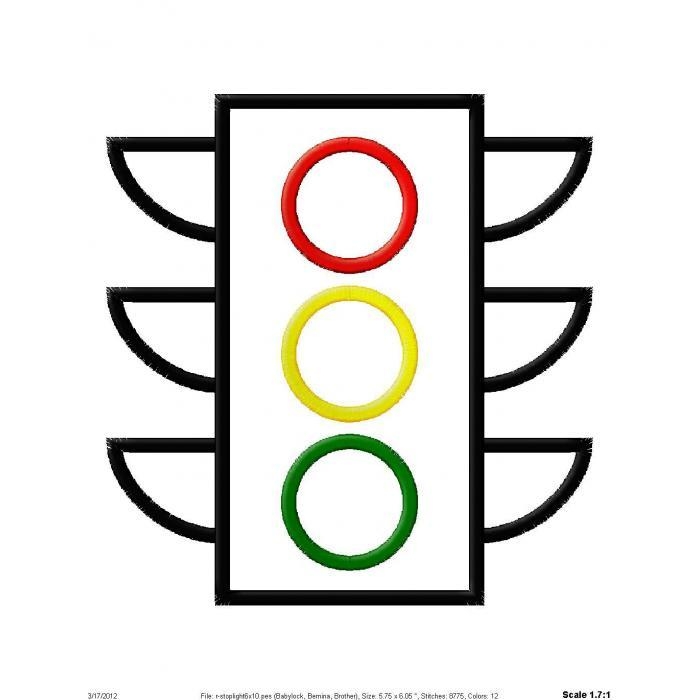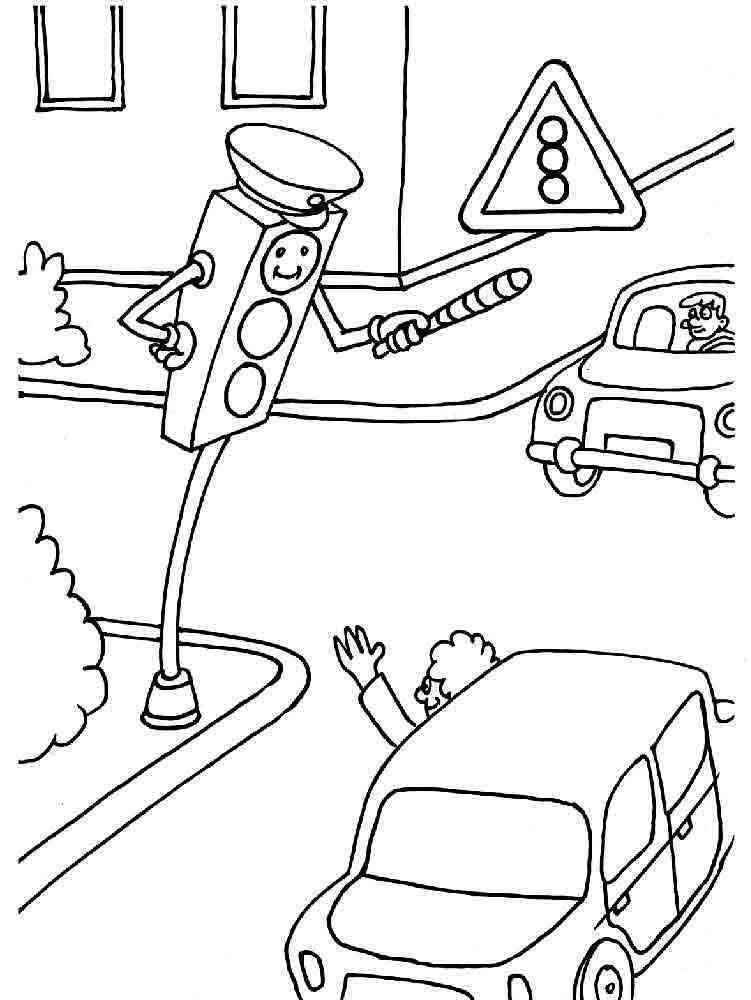When it comes to road safety, traffic lights play a crucial role in regulating traffic flow and preventing accidents. But have you ever thought about the significance of the colors used in traffic lights? Traffic light coloring is not just about aesthetics; it serves a vital purpose in ensuring the safety of motorists, pedestrians, and cyclists on the roads. In this article, we will delve into the world of traffic light coloring, exploring its importance, different types, and how to download and save these essential visual aids.
Why Traffic Light Coloring is Essential
The use of distinct colors in traffic lights is a universal language that communicates specific messages to road users. Red, yellow, and green are universally recognized as symbols for stop, prepare to stop, and go, respectively. These colors help drivers, pedestrians, and cyclists understand when it is safe to proceed, when to slow down, and when to come to a complete stop. By adhering to the colors displayed on traffic lights, road users can navigate intersections and roadways safely and efficiently.
All Types of Traffic Light Coloring
While the standard red, yellow, and green colors are commonly used in traffic lights around the world, there are variations in the color schemes employed in different countries. For example, some countries use blue lights in addition to the standard colors to indicate reserved lanes for emergency vehicles. Additionally, some traffic lights may have flashing or countdown features to provide additional information to road users. Understanding the different types of traffic light coloring can help improve road safety awareness and compliance with traffic regulations.
How to Download and Save Traffic Light Coloring
If you are interested in incorporating traffic light coloring into your educational materials, presentations, or design projects, there are various resources available online where you can download and save high-quality images of traffic lights. Websites offering clip art, vector graphics, and stock photos often have a wide selection of traffic light coloring options to choose from. You can also create your own custom traffic light coloring using graphic design software or online tools. By utilizing these resources, you can effectively communicate the importance of traffic light colors in road safety.
Conclusion
In conclusion, traffic light coloring plays a vital role in enhancing safety and awareness on the roads. By understanding the significance of red, yellow, and green colors in traffic lights, road users can make informed decisions while driving, walking, or cycling. The use of distinct colors in traffic lights helps create a standardized system that promotes uniformity and consistency in traffic management. Whether you are a driver, pedestrian, or cyclist, being aware of traffic light coloring can help you navigate the roads safely and responsibly. Remember, obeying traffic lights is not just a matter of compliance; it is a crucial step in ensuring the safety of everyone on the road.
Overall, traffic light coloring is an essential aspect of road safety that should not be overlooked. By understanding its importance and adhering to the signals it conveys, we can all contribute to creating a safer and more efficient transportation system. So next time you approach a traffic light, remember the significance of its colors and the role they play in keeping our roads safe.


